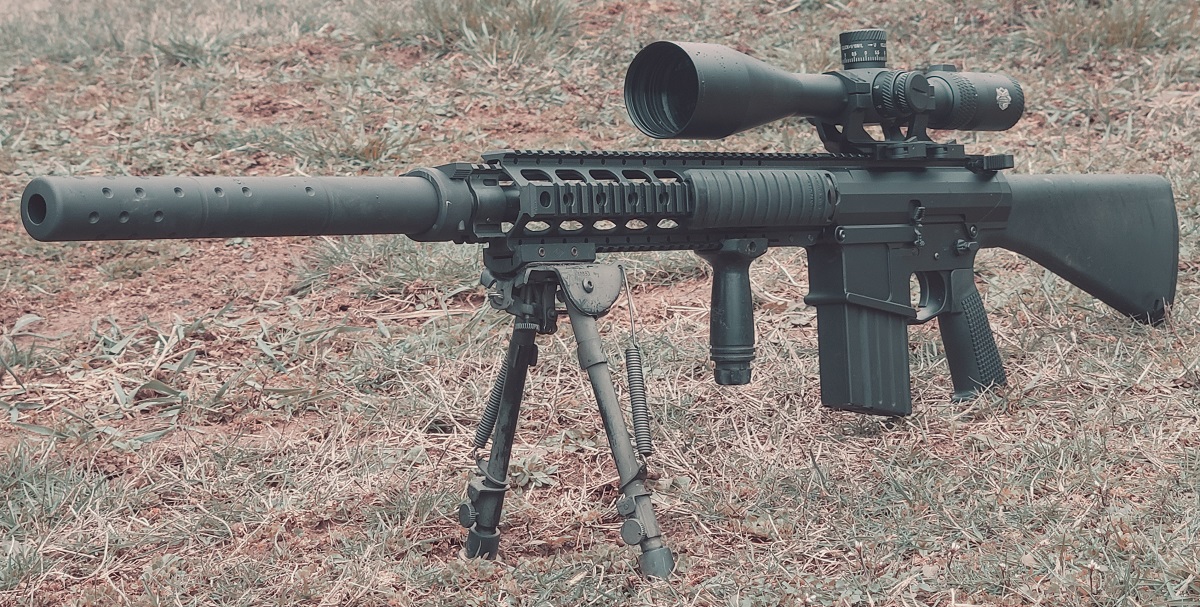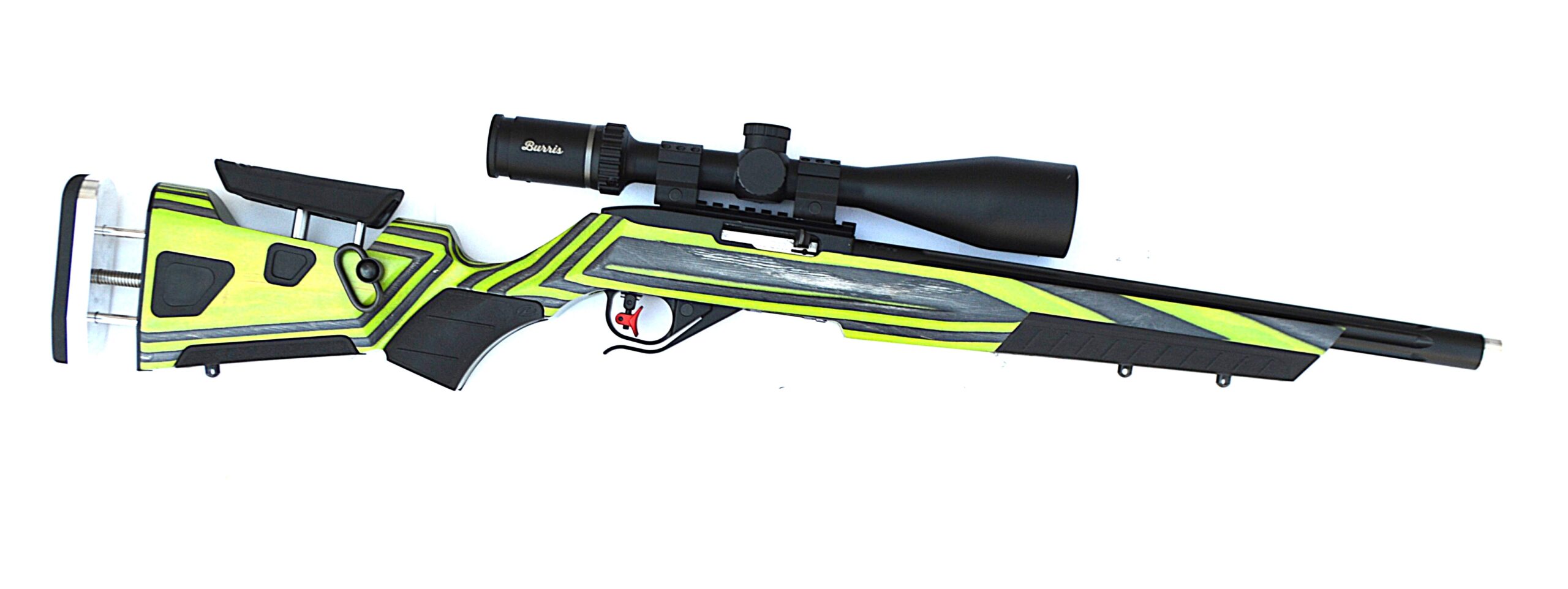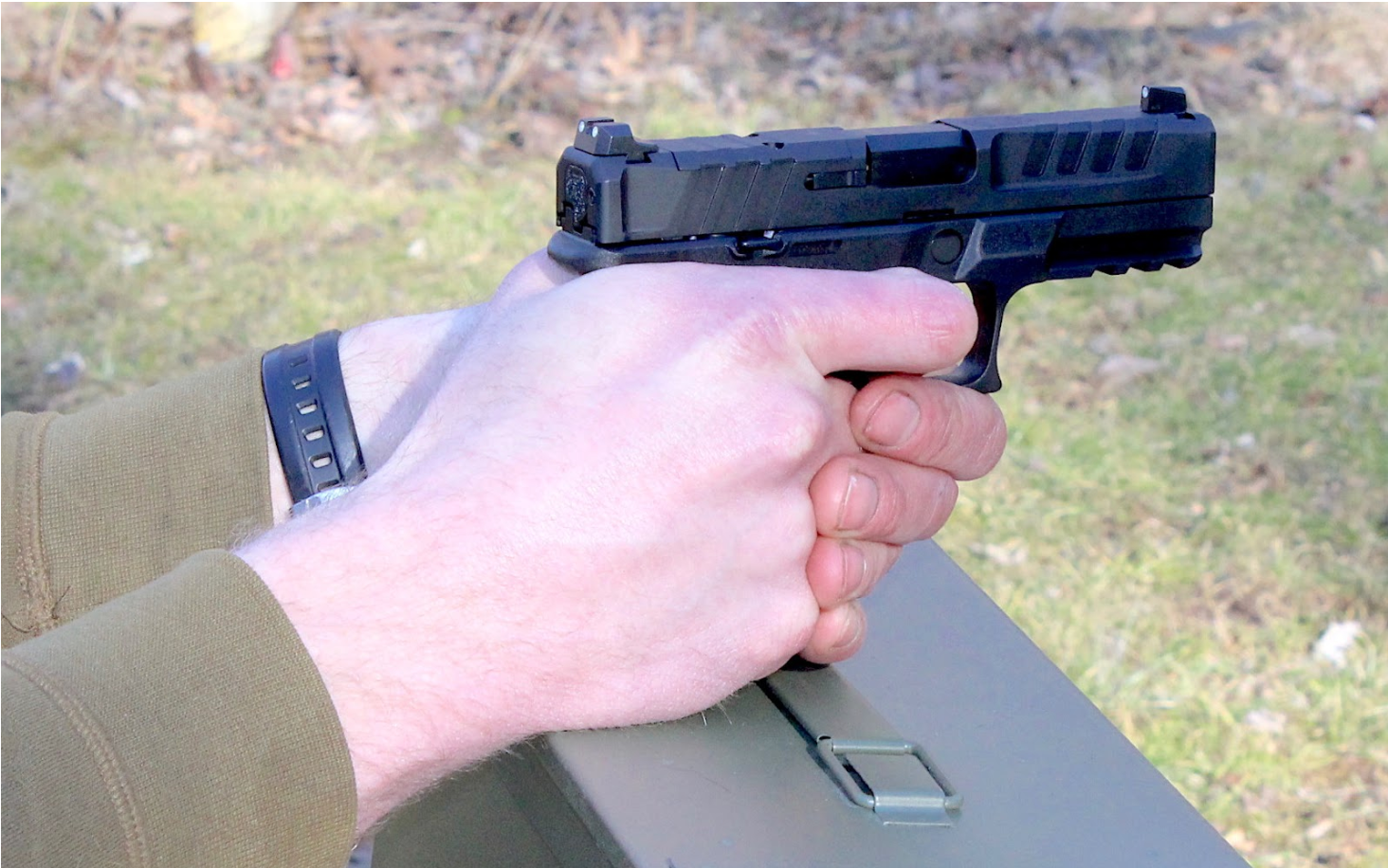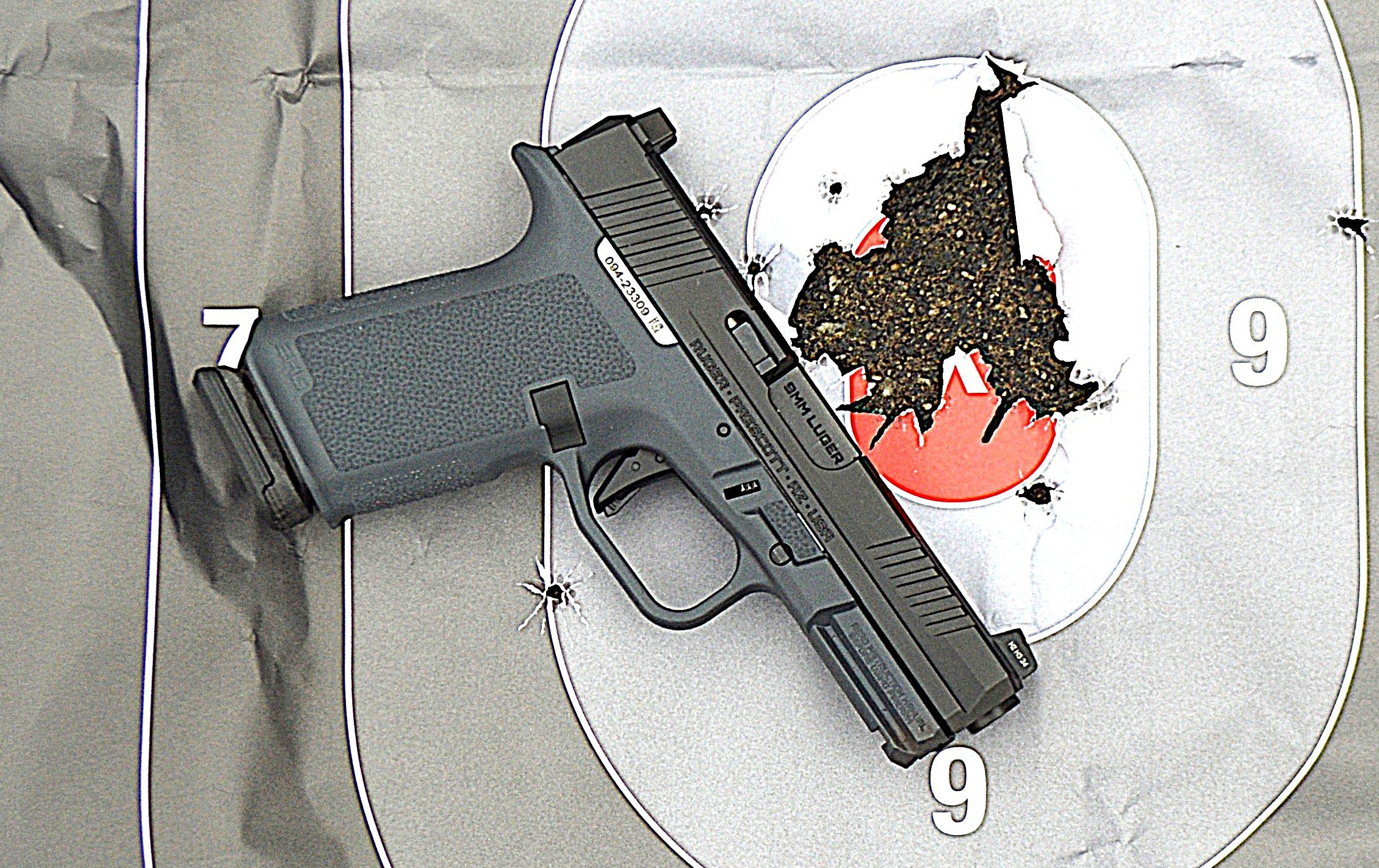There is a great deal of storied history surrounding the 1911. Much of this history is backed up by military records not to mention Congressional investigations having to do with awarding the Medal of Honor. The Colt has figured into a number of important battles since its initial design for military use.
Though it was officially replaced by first the Beretta 92 and later the SIG P320, the 1911 still serves in some select units. In addition to its utility as a great combat handgun, the 1911 is popular among competitors as well. Take the Camp Perry matches for instance. 1911 handguns were modified into masterpieces of precision for use in these very competitions. The early pistols were initially modified by Army gunsmiths, while later, Colt offered factory versions of match handguns.
Many of the first match pistols were fairly simple. The sights were high visibility but fixed, while later adjustable sights were added to the setup. The triggers were also tuned for peak break and performance when precision shooting at distant targets was a must.

A Modern 1911
Today, Colt offers a modern 1911 pistol suitable for carry, competition (especially local matches) and even for smaller game hunting in the form of its current Colt Competition pistol. The first guns were good, but the newer model is even better.
The original used the Colt Series 80 firing pin block. The new pistol is a Series 70, which doesn’t use the firing pin block. Some don’t care about the block, I would rather not have it myself. A 1911 with an extra power firing pin spring is plenty drop safe. Old-style pistols were found to go off if dropped from six feet or more dead on the muzzle. The firing pin took a run forward against spring pressure. But that is an unusual situation!

When SIG introduced firing pin blocks as a matter of safety, Colt followed suit to secure institutional sales. It is one thing to design a firing pin block into a pistol on the drawing board, but another to add it to an existing design. Most Series 80 handguns are just fine. Some have a heavy trigger pull. In any case, when it comes to competition shooting, it simply doesn’t matter. Unless you tune the trigger, one thing to keep in mind is it is more difficult to get a tuned trigger set correctly with the Series 80 block.
The original Colt Competition model featured blue G10 grips as do the new guns. But the original blue fiber optic front sight is now red, a better choice for an aiming point. If you prefer green, it can easily be changed to that as well. One big improvement is the Novak adjustable rear sight. It looks just like older Novak Lo Mount sights for those who are fans but is adjustable for windage and elevation. Elevation adjustment is turning a screw, while windage is adjusted using a brass hammer. it is a rugged sight that seems not to drift the zero once set.

Trigger compression is smooth with minimal take up and a nice break. The 9mm Luger version I tested broke at 5.0 pounds and the .45 ACP at 4.75 pounds on the RCBS trigger weight scale. The trigger boasts a typical sharp quick reset.
Other features worth noting are the safety is not ambidextrous and the indent is firm and sharp. The beavertail grip safety is well designed, and you will not have any trouble pressing the grip safety and releasing the trigger. The 1911 slide lock safety and grip safety are both good safety features. Take a grip on the pistol and you instantly depress the grip safety. The slide lock safety falls readily under the thumb. The magazine catch and slide lock are properly fitted. The feed ramp is nice and smooth. Fit and finish are good to excellent. Colt introduced a new dual recoil spring, which seems to handle recoil better than a single spring. The competition-ready pistols are delivered with a single magazine and comes in a locking blue hard case with a gun lock, manual and barrel bushing wrench.
Ready to Shoot
I have fired both of the Colt pistols extensively. Each is a good shooter. I began by lubricating the long bearing surfaces out of the box and then engaged in dry fire for several days. The .45 came first, the 9mm a year or so later. The 9mm has fired just over 400 cartridges without a single failure to feed, chamber, fire or eject. The .45 has fired just over 600 cartridges in the last year or so. There have been no failures to feed, chamber, fire or eject. Each is easily controlled.

The 9mm will put 10 holes in a target in about the same time it takes to put eight .45s in the X ring. I prefer the .45 ACP by a great margin for defensive use, simply because I like the larger, harder-hitting round. For fun shooting, however, and still meeting the requirements of a pistol that can be used for self-defense, the 9mm is hands down less expensive to shoot. It’s less recoil too, for those small-framed shooters who may tend to limp-wrist a heavier caliber handgun, sometimes causing it to jam. The 9mm is also easier to fire well off hand and would make a great first gun. No need to get a cheap gun if you can afford better.
There is, however, a difference in the absolute accuracy of both guns. The 9mm is good for a two-inch five-shot group from a solid bench rest with good ammunition. That’s good; even very good. The .45 is one of those pistols that just came out right. The National Match barrel is well fitted and the barrel bushing snug. It has turned out one-inch 25-yard groups, which is a rarity in the handgun world. It will break a 1.5-inch group with most any load. That’s Les Baer and Wilson Combat territory. This is a very well put together pistol.
My first Colt Competition .45 from back in the day was accurate but not as accurate as this one. Perhaps a .5-inch to 1-inch difference in group size will never matter to most of us, and it certainly doesn’t matter in a defense gun, but for a competitor, they’re going to appreciate it. The Colts are each fast handling and accurate to a first shot, controllable and reliable. Colt really has a winner with this new Series 70 Competition pistol.

Accuracy Results*
9mm Colt
Load 5-shot group (25 yards)
Black Hills 115-gr. EXP 2.25 inch.
Black Hills 124-gr. JHP 1.75 inch.
Black Hills 124-gr. JHP +P 2.25 inch
Handload 147-gr. XTP Titegroup 1.8 inch
.45 ACP
Black Hills 185-gr. JHP 2.15 inch
Black Hills 200-gr. SWC 1.25 inch
Black Hills 230-gr. JHP 1.5 inch
Handload Magna Cast 200-gr. SWC 1.55 inch
(*Fired from a solid rest.)
SPECIFICATIONS
COLT COMPETITION GOVERNMENT MODEL – SERIES 70
Caliber: 9mm Luger
Barrel length: 5 in.
Overall length: 8.5 in.
Weight: 36 oz. unloaded
Grips: G10 synthetic
Sights: Novak adjustable rear and fiber-optic front
Action: Single action
Finish: Blued
Capacity: 9 + 1 rounds
Need Ammo? Check out Ammo To Go, the ammunition retail sponsor of TTAG gun reviews and simply a cool online place to fulfill all your ammo needs.







